Time to Get Your Birding Team Together
Tuesday, March 12th, 2019This is Passport to Texas
Now in its 23rd year, the statewide, Great Texas Birding Classic remains one of the premier birding events in the world. It offers tournaments for every skill level.
[Like] the general naturalist who’s just getting started and knows a few birds could easily do the Big Sit. There are people that are really avid birders and keep lists and travel for birding, and they might choose to do a Big Day or a Big Week. There are youth tournaments for the kids who are just getting started and have some mentors who are helping them along the way. And then there are some mixed age tournaments that I think are a lot of fun for families to do. So there truly is something for everyone.
Shelly Plante oversees nature tourism at Texas Parks and Wildlife. Find details about the tournament at birdingclassic.org. The Classic runs from April 15th through May 15th. Money raised from fees goes to fund habitat conservation projects.
We have funded acquisition projects. We have funded restoration projects—which is invasive species removal and restoring habitat back to its natural state with native species. We’ve done enhancement projects for birders, which is putting in boardwalks or bird blinds or pavilions. So, we have done a lot of projects throughout the state of Texas.
Sign up at birdingclassic.org for updates; register your team by the April first deadline. Do it for the birds.
We receive support from RAM Trucks: Built to Serve
For Texas Parks and Wildlife…I’m Cecilia Nasti.
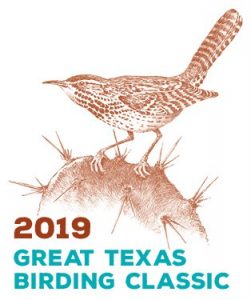

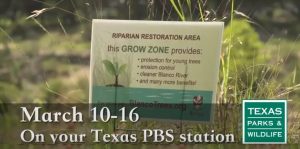
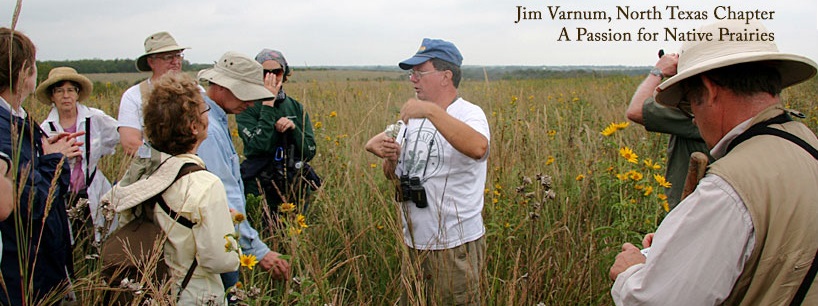
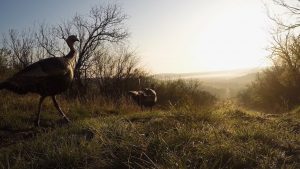
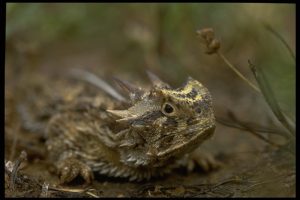

 Passport to Texas is a
Passport to Texas is a  Passport to Texas is made available by:
Passport to Texas is made available by: